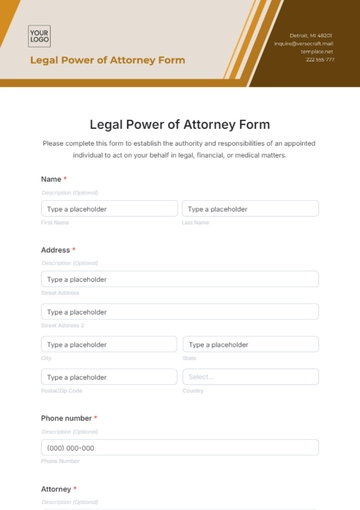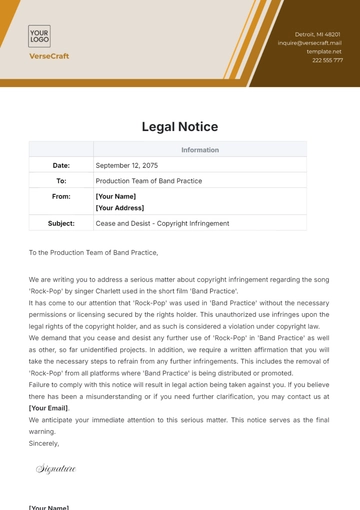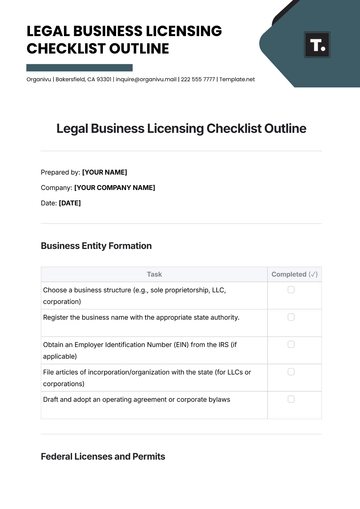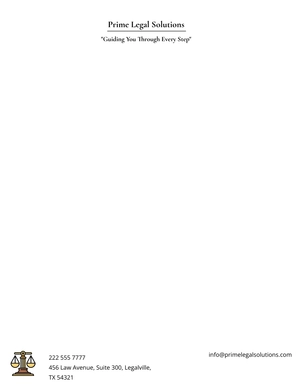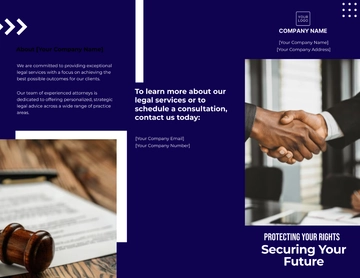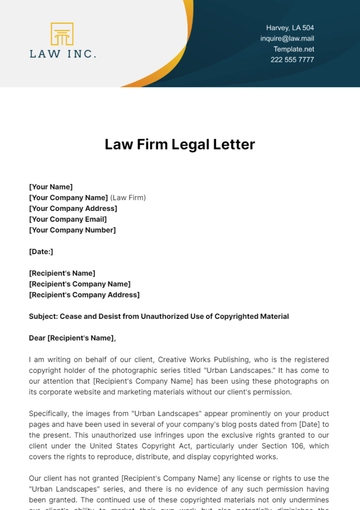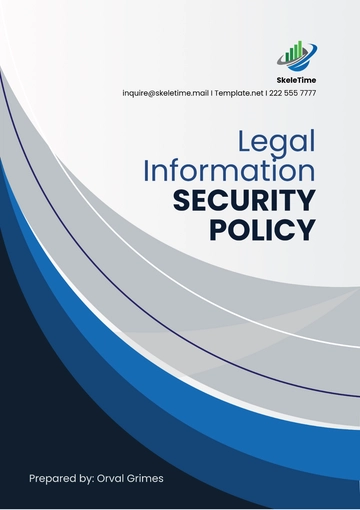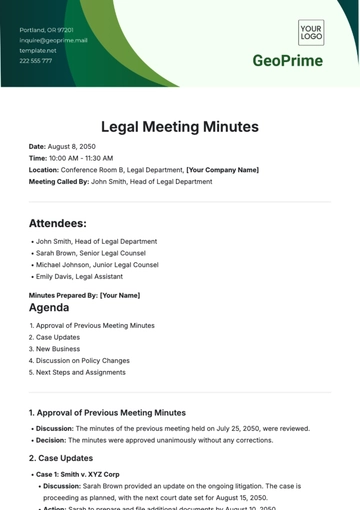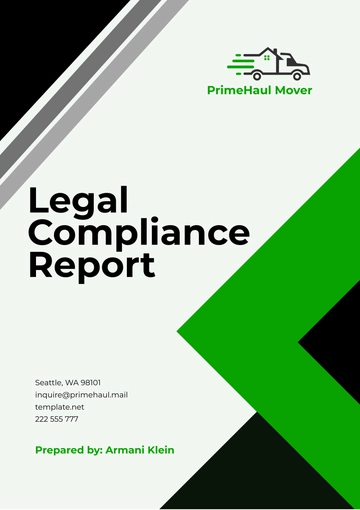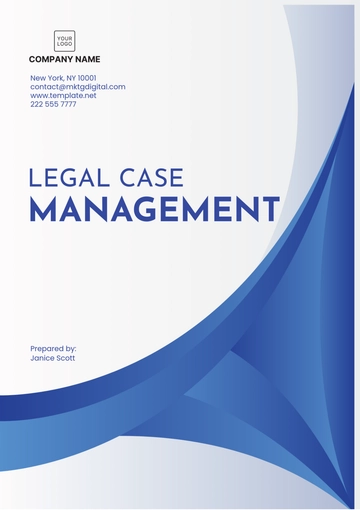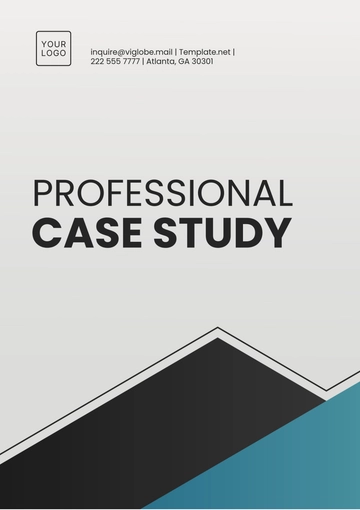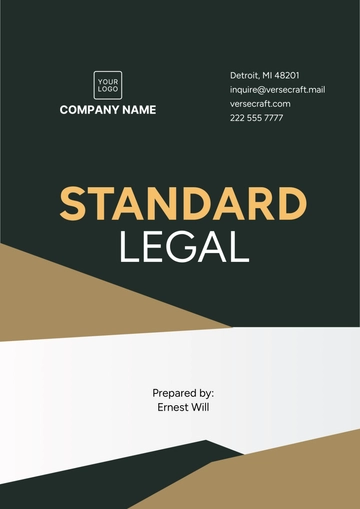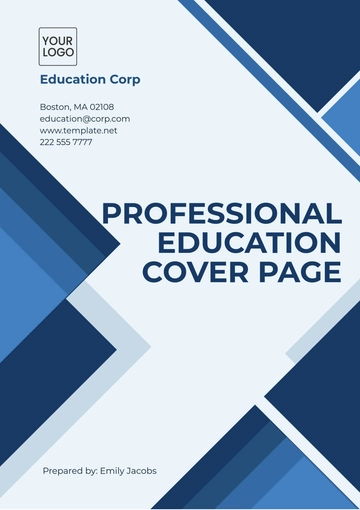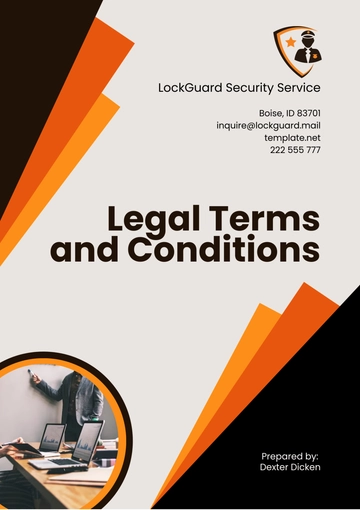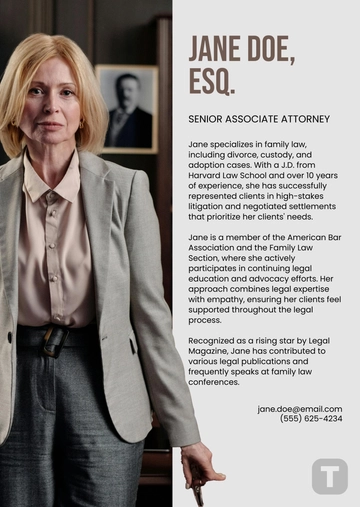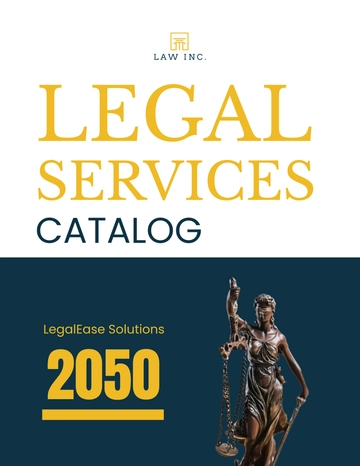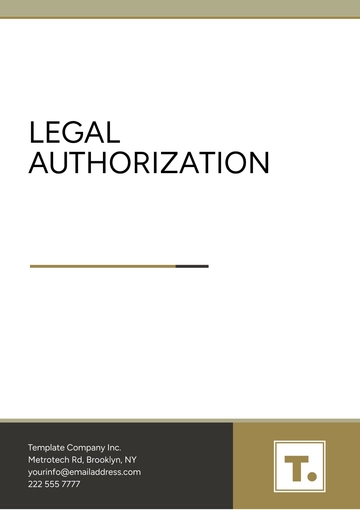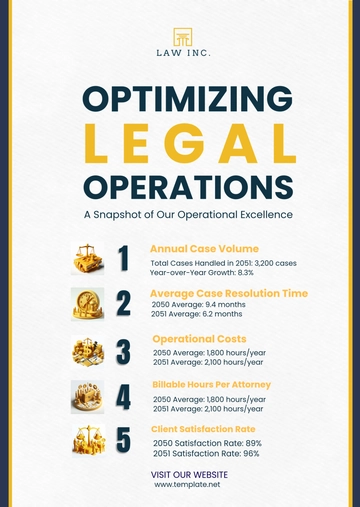Free Sample Settlement Conference Brief
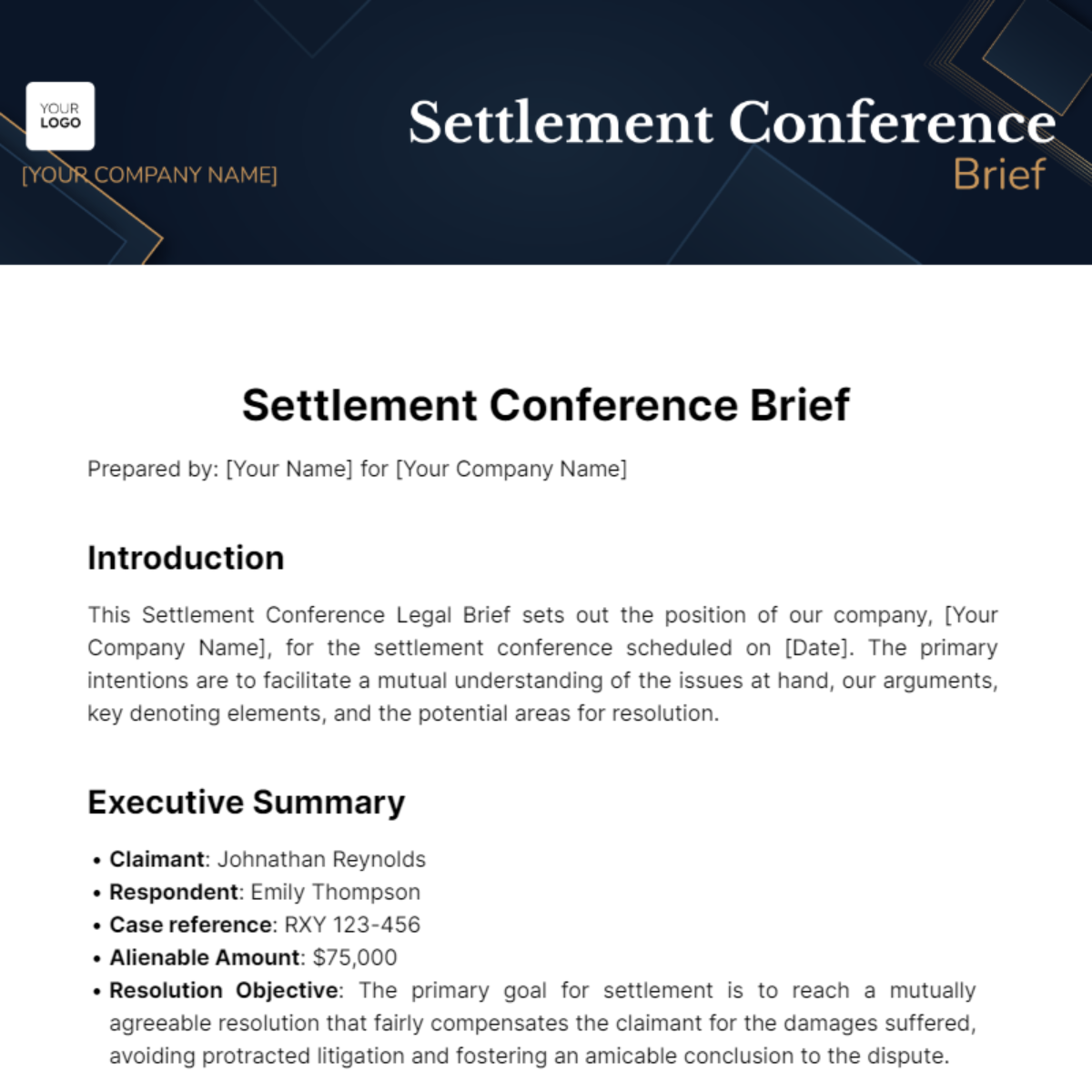
Prepared by: [Your Name] for [Your Company Name]
Introduction
This Settlement Conference Legal Brief sets out the position of our company, [Your Company Name], for the settlement conference scheduled on [Date]. The primary intentions are to facilitate a mutual understanding of the issues at hand, our arguments, key denoting elements, and the potential areas for resolution.
Executive Summary
Claimant: Johnathan Reynolds
Respondent: Emily Thompson
Case reference: RXY 123-456
Alienable Amount: $75,000
Resolution Objective: The primary goal for settlement is to reach a mutually agreeable resolution that fairly compensates the claimant for the damages suffered, avoiding protracted litigation and fostering an amicable conclusion to the dispute.
Background Information
The issue in dispute arose when Johnathan Reynolds, the claimant, entered into a contractual agreement with Emily Thompson, the respondent, on [Date]. According to the agreement, Mr. Reynolds was to provide consulting services to Ms. Thompson's business in exchange for a predetermined fee of $75,000.
However, conflicts emerged when there were alleged breaches of contract terms. Disagreements intensified during [mention specific events or incidents], leading to a breakdown in the business relationship. Attempts at informal resolution proved unsuccessful, prompting Mr. Reynolds to initiate formal legal proceedings.
This background history outlines the pivotal moments, key dates, and events that form the basis of the current dispute. Clarifying the circumstances surrounding the disagreement is crucial for a comprehensive understanding of the case and will be instrumental in guiding the forthcoming settlement conference discussions.
Claims & Counterclaims
Claimant | Respondent |
|---|---|
Mr. Reynolds alleges that Ms. Thompson breached the contractual agreement by failing to make timely payments for the consulting services rendered. He further contends that the quality of communication and collaboration, as specified in the contract, was not met, leading to a substantial negative impact on the project's success. Additionally, the claimant asserts that these breaches resulted in financial losses for his business. | Ms. Thompson disputes the claimant's allegations, asserting that any delays in payments were a result of unforeseen financial constraints faced by her business. She contends that Mr. Reynolds did not attain certain contractual obligations, specifically failing to meet project deadlines and deliverables. Ms. Thompson maintains that these shortcomings on the claimant's part led to a breakdown in the working relationship and, consequently, the financial setbacks experienced by both parties. As a counterclaim, she seeks compensation for the alleged damages incurred due to the claimant's performance issues. |
Evidence Summary
In support of his claims, Johnathan Reynolds presents the following key pieces of evidence:
Contract Agreement (Exhibit A):
A signed contract outlining the terms and conditions of the consulting services, including payment schedules and project deliverables.
Link to Claims: This document establishes the contractual obligations and serves as the foundation for the claimant's accusations of breached agreements.
Email Correspondence (Exhibit B):
Relevant email exchanges between the parties, highlighting communication breakdowns and discussions about project timelines.
Link to Claims: The emails demonstrate instances of inadequate communication and contribute to the claimant's argument regarding the detrimental impact on the project.
Financial Records (Exhibit C):
Detailed financial statements indicating the financial losses suffered by Mr. Reynolds due to the alleged breaches by Ms. Thompson.
Link to Claims: These records substantiate the monetary damages claimed by the plaintiff, reinforcing the financial impact of the respondent's actions.
Summary of Expert Reports or Opinion
An independent expert in contract law, retained by Mr. Reynolds, has provided an opinion affirming that the respondent's actions constitute breaches of the contractual agreement. The expert's analysis focuses on the language and intent of the contract, supporting the claimant's position.
The evidence presented, coupled with expert opinion, strengthens Mr. Reynolds' case by providing a comprehensive and cohesive narrative that establishes a clear connection between the alleged breaches, financial losses, and the breakdown of the contractual relationship.
Legal Arguments
The legal basis for Johnathan Reynolds' case rests on the following key principles and references:
Breach of Contract:
The crux of the claimant's argument midst around the respondent, Emily Thompson, breaching the terms and conditions outlined in the contractual agreement (Exhibit A). The relevant legal framework supporting this claim includes relevant contract law statutes or provisions that highlight the importance of parties fulfilling their contractual obligations.
Implied Covenant of Good Faith and Fair Dealing:
In addition to the explicit terms of the contract, Mr. Reynolds asserts that there exists an implied covenant of good faith and fair dealing inherent in every contractual relationship. The respondent's alleged actions, as demonstrated by the email correspondence (Exhibit B), violated this fundamental principle.
Quantum Sum:
Given the claimant's assertion that he provided services beyond the stipulated contractual obligations, the legal doctrine of quantum sum may apply. This principle allows for the recovery of reasonable value for services rendered, even in the absence of a specific contract term.
Expected Challenges and Plan to Address:
Challenges:
Disputes over Contractual Interpretation: Anticipating potential disagreements over the interpretation of certain contract clauses, we acknowledge the importance of presenting a clear and contextualized reading of the agreement during proceedings.
Causation of Financial Losses:
The respondent may challenge the direct link between her actions and the financial losses claimed by Mr. Reynolds. To address this, we will rely on financial records (Exhibit C) and expert opinion to establish a causal relationship.
Plan to Address:
Thorough Legal Briefing:
Our legal team will prepare a comprehensive briefing highlighting the contract's explicit terms and their relevance to the case, supported by relevant legal precedents.
Expert Testimony:
We will present expert testimony to elucidate the causation between the respondent's breaches and the financial losses incurred by the claimant, addressing any challenges to this crucial connection.
Resolution Proposal
In the pursuit of an amicable resolution to the present dispute between Johnathan Reynolds (Claimant) and Emily Thompson (Respondent), we propose the following comprehensive settlement offer:
1. Lump Sum Payment:
To promptly address the financial aspects of the dispute, the claimant proposes a lump sum payment of $60,000 by the respondent to Mr. Reynolds within 30 days of the acceptance of this settlement offer.
2. Mutual Release and Waiver:
Both parties agree to execute a mutual release and waiver, absolving each other from any further claims or liabilities arising from the dispute. This provision aims to provide a clean and final resolution to the current legal matter.
3. Non-Disparagement Clause:
As a commitment to maintaining a positive business reputation, both parties agree not to engage in any form of disparagement or negative commentary about the other party publicly. This provision fosters a constructive and professional post-settlement relationship.
4. Confidentiality Agreement:
Acknowledging the sensitive nature of certain information related to the dispute, both parties commit to maintaining confidentiality regarding the terms of this settlement agreement, protecting the privacy and business interests of each party.
Benefits and Alignment with General Business Interests:
Time and Cost Efficiency:
The proposed lump sum payment and resolution terms eliminate the need for protracted litigation, saving both parties considerable time and legal expenses. This approach aligns with the general business interest of enhancing resource allocation and reducing disruption.
Preservation of Business Reputations:
The inclusion of a non-disparagement clause ensures that both parties can move forward without detrimental effects on their professional images. This aligns with the mutual interest in safeguarding business reputations and fostering positive relationships within their respective industries.
Confidentiality for Business Strategies:
The confidentiality agreement protects sensitive business information from public disclosure, safeguarding proprietary strategies and trade secrets. This provision is consistent with the broader business interest of maintaining a competitive edge and preserving confidential information.
Finality and Closure:
The mutual release and waiver contribute to a sense of finality, allowing both parties to close this chapter and focus on their respective business attempt without lingering legal uncertainties.
This resolution proposal is crafted to promote a fair and equitable settlement that addresses the concerns of both parties while aligning with their overarching business interests. We believe that embracing this resolution will not only expedite the resolution of the current dispute but also lay the foundation for a more positive and collaborative business relationship moving forward.
Appendix
Exhibit A: Contract Agreement
A copy of the original contractual agreement entered into by Johnathan Reynolds (Claimant) and Emily Thompson (Respondent). This document outlines the terms and conditions governing the consulting services, including payment schedules and project deliverables.
Exhibit B: Email Correspondence
A compilation of relevant email exchanges between the parties, demonstrating communication breakdowns and discussions about project timelines. These emails serve as evidence of the alleged breaches and their impact on the contractual relationship.
Exhibit C: Financial Records
Detailed financial statements indicating the financial losses suffered by Mr. Reynolds due to the alleged breaches by Ms. Thompson. These records provide a quantitative representation of the damages claimed by the claimant.
Expert Opinion Report
A report prepared by an independent expert in contract law, retained by Mr. Reynolds. This expert opinion inspects the contractual terms and supports the claimant's position regarding the breaches of the agreement.
Draft Settlement Agreement
An initial draft of the proposed settlement agreement, outlining the terms and conditions of the proposed resolution. This document provides a detailed framework for the settlement offer presented in the brief.
Legal Briefing on Relevant Statutes and Precedents
A comprehensive legal briefing highlighting the relevant statutes, regulations, judicial precedents, or doctrines that form the basis of the legal arguments presented in the brief. This document serves as a reference for the court and the opposing party to understand the legal position asserted by the claimant.
The inclusion of these documents in the appendix is intended to provide the opposing party, the court, and any relevant stakeholders with a thorough and transparent view of the evidence and legal basis supporting Johnathan Reynolds' case. Each document is crucial to the understanding of the dispute and will be referenced during the settlement conference proceedings.
- 100% Customizable, free editor
- Access 1 Million+ Templates, photo’s & graphics
- Download or share as a template
- Click and replace photos, graphics, text, backgrounds
- Resize, crop, AI write & more
- Access advanced editor
Discover the ultimate efficiency with Template.net's Sample Settlement Conference Brief Template. Tailor your legal strategy effortlessly with this editable and customizable document. Crafted for precision and speed, it's seamlessly editable in our Ai Editor Tool, ensuring a stress-free experience. Elevate your legal game and streamline your settlement conference preparations with this indispensable resource.
